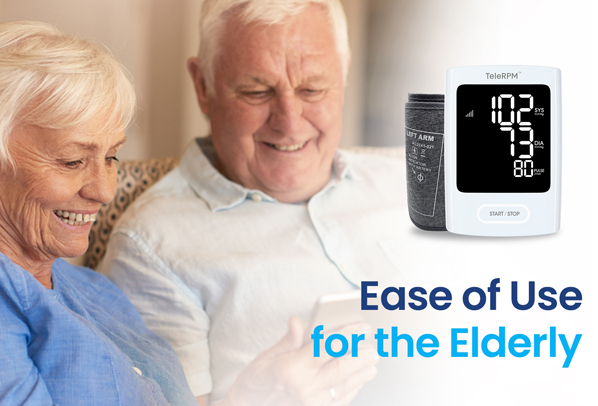The commonly cited average blood pressure for adults is 120/80 mm Hg, yet it's crucial to recognize that this is merely an average. Healthcare providers must take into account acceptable ranges tailored to individual clients. For instance, in adults, the normative blood pressure can span from 95–145/60–90 mm Hg. The healthcare provider evaluates the client's baseline blood pressure and current health status, considering subjective data and other objective indicators. For instance, a blood pressure reading of 90/50 mm Hg might be considered normal for a healthy, asymptomatic 20-year-old adult.
Various factors impact blood pressure, encompassing age, gender, ethnicity, weight, exercise, emotional well-being, stress, pregnancy, diurnal rhythm, as well as medication usage and underlying medical conditions.
Typically, there's an upward trend in blood pressure with advancing age, resulting in higher normal variations for older adults. Blood pressure exhibits similarity between males and females in childhood, but after puberty, females generally display lower blood pressure compared to males. Post-menopause, however, females tend to have higher blood pressure than males.
Studies indicate that ethnicity could serve as a predictor for blood pressure, although this association is more likely sociocultural than biological. When evaluating the risk of elevated blood pressure, it is imperative to factor in ethnicity.
The diurnal cycle influences blood pressure, causing it to be lower in the morning and progressively increase until early evening. This is why healthcare providers document the time of blood pressure measurements.
Blood pressure may be elevated in individuals who are obese due to the increased workload on the heart in perfusing the body's tissues.
The sympathetic nervous system, activated by exercise, stress, anxiety, pain, anger, and fear, heightens blood pressure. However, it typically returns to baseline within five minutes of rest following such activities. A simple experiment involves having a peer measure your blood pressure, engage in physical activity for five minutes, measure again, then rest for five minutes and measure once more.
Throughout pregnancy, blood pressure undergoes variations. It decreases from mid-first trimester to mid-pregnancy due to progesterone effects relaxing blood vessel walls, resulting in decreased peripheral vascular resistance. Towards the end of pregnancy, it returns to pre-pregnancy levels.

White coat syndrome refers to elevated blood pressure stemming from nervousness or anxiety during blood pressure assessments by healthcare providers, affecting around 20% of clients. The key recommendation is for clients to measure their blood pressure at home using an automatic home blood pressure cuff, providing a more accurate reflection. Alternatively, healthcare providers can ask clients to sit quietly, leave the room, and let an automatic cuff take three measurements, with the documented blood pressure representing the average of these readings.
The 4G RPM Blood Pressure Monitor-TeleRPM BPM Gen 2 uses 4G technology to connect with T-Mobile or AT&T's cellular network and is inbuilt a cellular SIM card. The Application Programming Interfaces (API) are available to integrate with RPM health platform and hospital management systems.